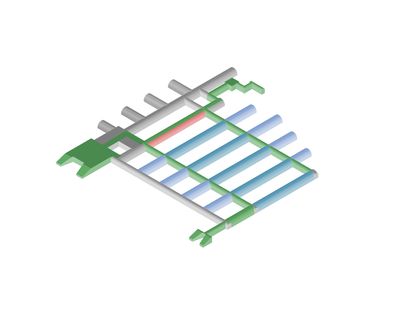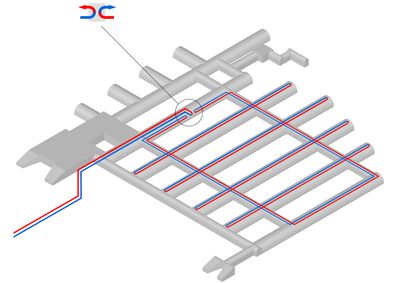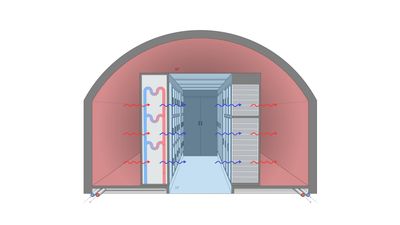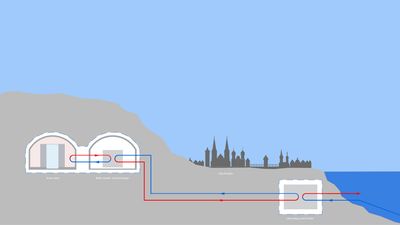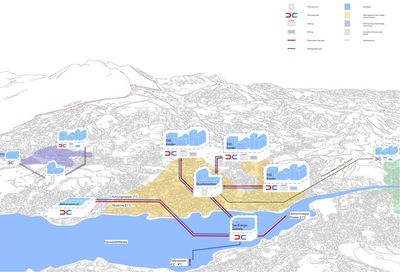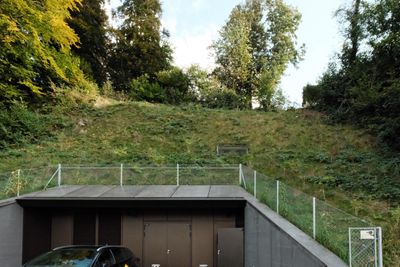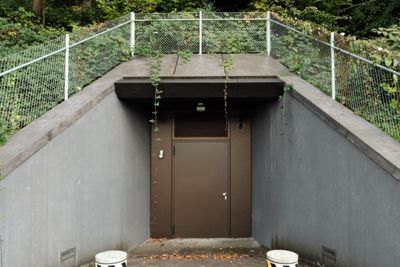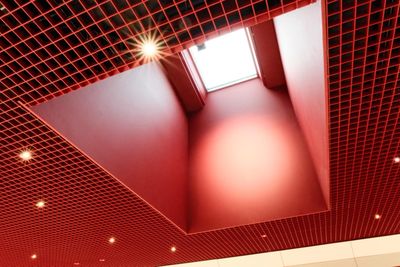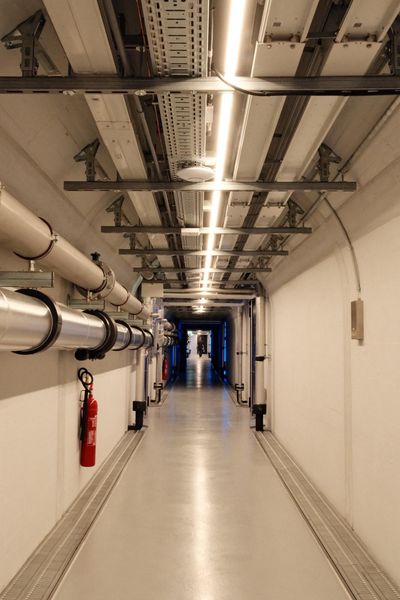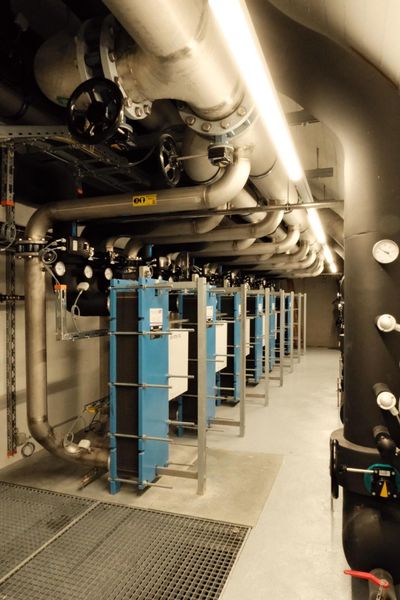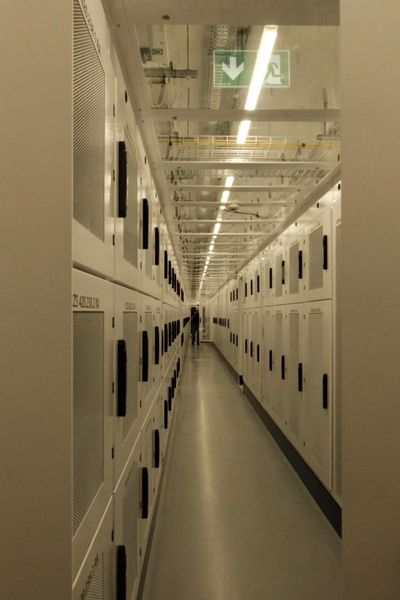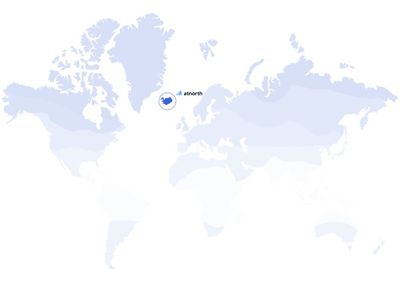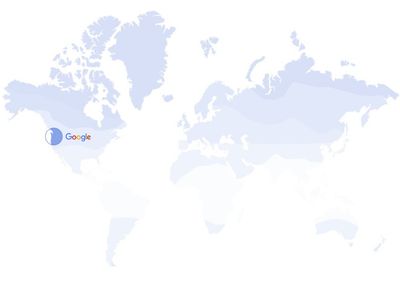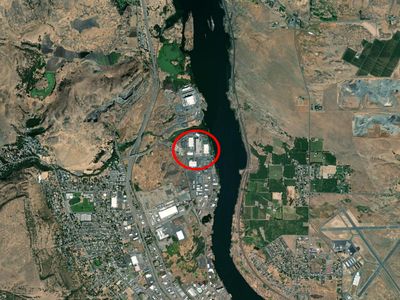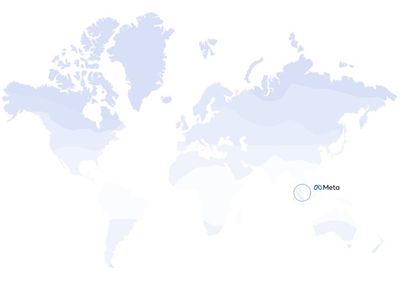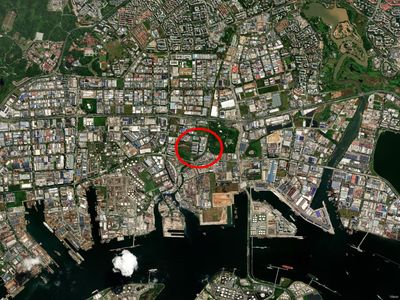AtlasWater UseMateo Mesenholl, Fiona Wong, Lilo Patt, and Janka Beck
Data Centers are crucial for our modern world. Every Text, Mail, Chatroom are hosted by Data Centers. In order to run properly the servers need a temperature of round about 18°C. Considering these servers run 24 hours a day, 365 days per year they produce quite an amount of heat. Cooling becomes crucial.
The best working cooling technologies rely on water. With the Data Center expanding more and more water is needed. Problematic is, that over 50% of the world’s population live in areas of draught or are experiencing drought on a regular basis. Since water is scarce Data Centers need to buy potable water and make contracts with the cities, that their needs are more important, than the population suffering.
However, this is not the case for all enterprises with Data Centers, some are trying hands on to solve the economic problem and are investing is state of the art technologies.
Cooling Systems
There are many different ways for cooling. In our research we focused on the most common five systems, with a special focus on the water usage. First we look at Systems with no water use at all and gradually increasing the water demand of the systems.
Cooling Systems work best, when they are in accordance with the natural surroundings. So Data Centers are investigating the ground and resources. Good locations are near a body of water or in places where they can be connected to the city’s water system.
The most commonly used Cooling Systems are evaporative cooling and mechanical cooling, nevertheless, they are also the systems that need the largest amount of water.
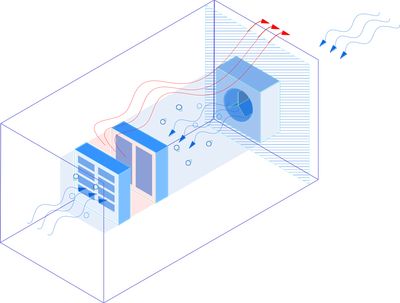

The Loop is a closed system, at no point can the water be evaporated or expelled.
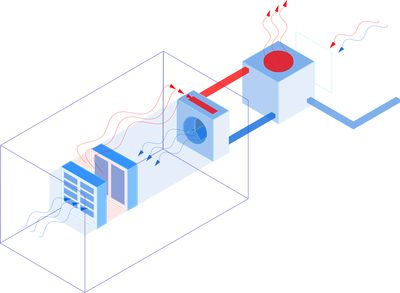

Pulls in outside air and cools it through water evaporation before the air is pushed through the racks. The evaporated water is expelled.

EWL (Energie Wasser Luzern)
EWL is short for Energie Wasser Luzern. As it is stated in their name, they are the sole supplier of energy and district heating in the city of Lucerne. The Company itself is an AG, but, only the city holds shares. The idea for a data center was quite hands-on, because they can themselves provide all the infrastructure a Data Center needs. Their project came to life in an old civil bunker, owned by the city of Lucerne.
Compared to other Data Centers, EWL Stollen is highly secure and energy efficient. It is Colocation Data Center, meaning it rents server spaces to private customers. To ensure security biometric scanners have been installed and only a few selected people can enter.
Stollen is an old civil bunker, so there is no daylight. Therefore it was important that the users do not feel trapped underground, but rather do not to realize that one is beneath the earth. The interior design is quite unique inspired by sci-fi movies creating a retro-futuristic look.
EWL is heating the city with water from the Lake Lucerne. The See-Energie-Netzwerk consists of three different loops. The first loop draws in water from the lake at a depth of 30-40 meters and expels the water again into a river. At Inseliquai the first heat exchangers are situated, building the bridge between the primary loop and the secondary loop. This loop connects the households and companies of the city for heating purposes. Stollen, on the other hand, has its own secondary loop, because it needs the water for cooling purposes.
Cold Water arrives at the heat exchangers of Stollen. The cold is transported into the server rooms. In there there is a cold and warm corridor.
After changing the thermal energy and entering the third loop going to the server rooms, the water inside the server rooms cools the air and therefore transports the heat back to the heat exchangers of the secondary loop. In detail the anergy pipes of the closed loop network run beneath the floor to the coolers between the racks. The cold water is pumped into the air heat exchanger, where it cools the hot outside air down to 18°C and is then blown into the cold corridor of the server racks. During this process the water is warmed up and transports the surplus heat away to the heat exchangers of the secondary loop.
The surplus heat of the Stollen again is transferred to the city and used for hot water and heating.
Impressions
Cooling The Global Cloud
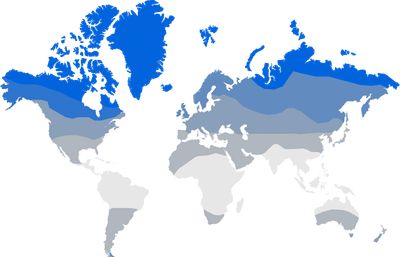
- Polar Zone
- Subpolar Zone
- Moderate Zone
- Subtropical Zone
- Tropical Zone
The applied cooling system differs according to the climate zone. Nevertheless, evaporative cooling is the most used system and at the same time the most water consuming system. Many Data Centers rely on drinking water from the nearby city infrastructure. They even have contracts which make their need for water more important than the thirst of the cities population.
Exact numbers of a Data Centers Water Usage are very hard to get, since they are considered private. The exact numbers cannot be published, because of competition. Efficiency numbers on the other hand are more likely to be published. With these numbers the data center releases a statement of their economical efficiency in terms of energy and water.
In Europe Data Centers formed a collective — The climate neutral Data Center Pact — in order to create realistic goals for Netto 0 targets. Of course, that’s not possible for Data Centers, but Water Usage Efficiency (WUE) of 0.4 or lower is targeted. The WUE goes hand in hand with the Power Usage Efficiency (PUE). The PUE states how much energy is used only for IT-Supply. Most Data Centers are already quite efficient with a PUE of around 1.2. Since a Data Center always needs energy for different uses, such as light, a PUE of 1 is not possible. Although, considered to be the best. The problem with the WUE is that it is not standardised at what point of the Data Center the water meter has to be installed, and when to measure. In winter the WUE is normally lower than in summer.
The atNorth Data Centers are cooling with free air. The outdoor air is taken in, purified and warmed up in order to cool the servers. Like many Data Centers atNorth gives it surplus heat to the city for heating purposes. In Iceland Data Centers are very much wanted by the population, because Heating is a challenge. With the surpluses from the Data Centers the need for different heating infrastructures vanishes. Free air cooling is not considered to be very energy efficient, but it is the easiest method in a cold climate.
The Dalles is using a mechanical cooling method. It is one of Google’s best projects for the sustainability of the environment. The Columbia River provides the water for the data center and the nearby city. Since this area has experienced some periods of drought especially in summer, Google built a so called Aquifer-Storage and Recovery System. In simple English: a fountain. In Winter and during times of rain the fountain collects all the water and stores it for the summer. In order for the city to benefit from this underground construction as well, the water rights are transferred to the city at no cost.
However, the Dalles needs around 355.1 million gallons of water per year. That’s the same amount of 1.3 million US households per year!
The no-cost deal is actually paid with water. Because Google has the right to be the first to take water from the fountain and to take as much as they need. And if there is not enough water, the city has to provide municipal water – drinking water.
Because of this and the plan of Google to build more Data Centers along the Columbia River the population highly objects to the projects.
Khazna works with adiabatic cooling. Due to that they use as little water as possible. The weather in the subtropical zone is harsh and not ver welcoming for a data center. It is basically built in a desert. Frequent sand storms pollute the air. The subtropical zone is a climate zone which already experiences climate change strongly. Water is sacred. This motivated the enterprise Khan to build a data center which is completely sustainable in the entire ecosystem.
The Meta Data Center is one of the newest data centers there is. From the beginning it was planned with the newest technologies and the most ecosystem-friendly approach.
The servers are cooled with StatePoint Liquid Cooling, which is a Closed Loop System. This cooling method is especially designed for a high humidity climate zone.
The Data center has to be closely monitor the humidity of the outside and inside, facing the challenge of oxidation processes in the server rooms.
Summary
There are vast differences in how much Water is used. Some Data Centers need no water at all. However, free air cooling works best in low density racks. The best way to tackle the water problem lies in Closed Loop or Adiabatic Systems. In order not to waste any energy created Data Centers should be connected to the local Energy Networks. With this the problem of heating in cold climates is minimised. Countries, like Iceland, in the Polar Zone have very welcoming policies for Data Centers. Since Data Centers tend to absorb any available water supply, strict regulations are needed. As well as collaborations with the communities and governments. This can create an environmental friendly future and build future prospects for the coming generations.
Focussing on Switzerland:
We have a lot of old unused civil and military bunkers. This typology works very well as a Data Center, because of its physical protection. Another plus is the reduction of grey energy with the re-use of old structures.
The Swiss landscape consists of many lakes. The availability of Lake Energy is ensured for the near future. And since Lake Energy is a closed System no water is wasted.
